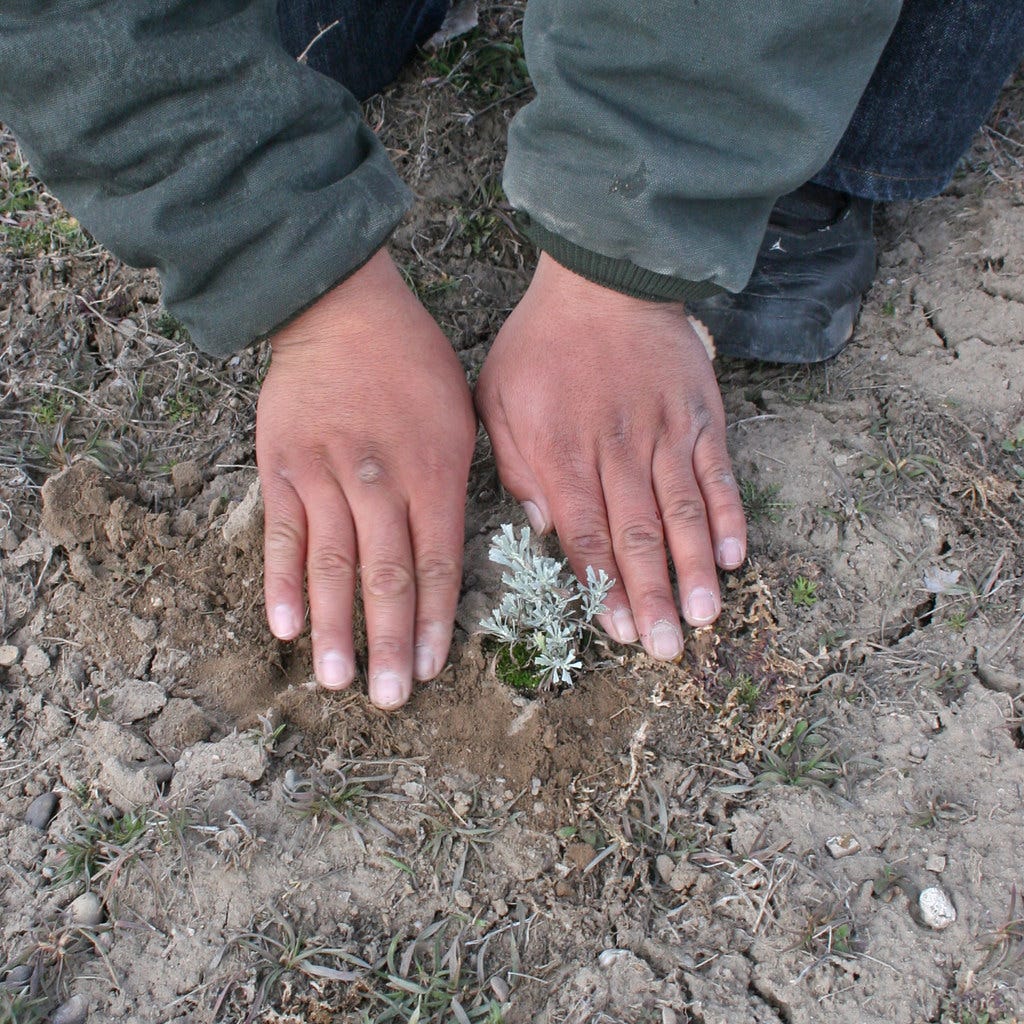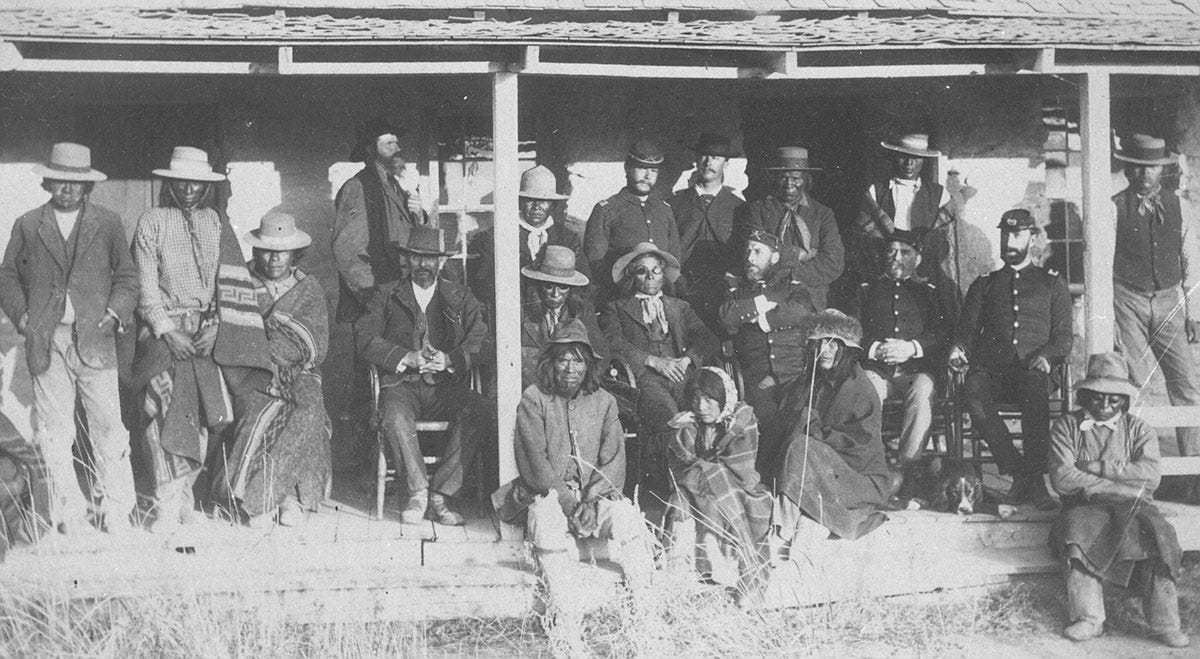Jamie McLeod-Skinner: The Oregon Way 2.0
The original Oregon Way was our first attempt at a process to overcome barriers and achieve positive results. The concept was good, but it failed to serve all Oregonians.
Jamie McLeod-Skinner is an attorney, planner, engineer, and small business owner building a better Oregon through healthy, equitable, and resilient communities.
The need for something new

Today’s challenges and political battle fatigue have renewed interest in using “The Oregon Way” as a path forward. This political decision-making process – seeking a collaborative approach, across partisan boundaries, for the betterment of our communities – stirs a warm nostalgia in the hearts of many Oregonians.
But a candid look at Oregon’s history reveals the uncomfortable truth that many Oregonians were not part of the original Oregon Way. They were excluded from the rooms where those collegial, bipartisan agreements were struck. Their communities were not made better.
Time for 2.0
The field of Information Technology has lingo for improving systems. Models are numbered, with later versions indicating upgraded systems. Version 1.0 is the first attempt at addressing a need; once it has been tested – lessons learned and improvements made – it is redesigned and renamed Version 2.0.
It is time for The Oregon Way 2.0.
Some refer to this as using a more equitable approach. If the word “equity” pushes your political buttons, then let us discuss it in terms of origin stories.

The limitations of 1.0
Oregon’s origin story has many variations, based on who is telling it. This is brilliantly demonstrated at The Four Rivers Cultural Center in Ontario, where the storyboard of history is told from distinctly different perspectives: Northern Paiute, Basque, Japanese, Hispanic/Latinx, and EuroAmerican immigrants.
The stories taught in the Oregon public schools of my youth are countered by the origin stories of other Oregonians.
The story of the hardy pioneers who survived the Oregon Trail to build an independent-minded government is only true for some; for others, that same experience is the story of unwelcomed intruders who were promised your land and resources by a foreign government. The story of Oregon’s founding fathers developing, and voters approving, our state’s Constitution is also the story of white immigrant men rejecting the very presence of Black people in our state; slavery was not rejected on moral grounds. Stories of Oregon’s early economy of mining, fisheries, and railroads often overlook the Chinese laborers who did much of the undesirable work; their stories include not being allowed citizenship, having to pay an annual “head tax,” being forbidden from owning land or a mining claim, and having to be indoors by dark to comply with “sunset laws.”
Oregon’s capitol building – where practice of The Oregon Way may be most important – is capped with a statue of an axe-bearing Anglo pioneer, celebrating our timber heritage; the Klamath Confederated Tribes’ perspective on that story is the 23 million acres, much of it prime forest land, they were forced to cede to unwelcomed immigrants, and how their remaining 1.8 million acres were sold when their own success with timber sales resulted in their tribal rights being terminated. The story of widening Interstate-5 through Portland – a road many of us have traveled – is also the story of 300 homes in a primarily Black neighborhood being demolished and redlining limiting relocation options for the displaced. The success of our agricultural economy – a sector that puts food on our tables – rightfully celebrates the stories of multi-generational landowners; but where are the stories of the workforce who picks our food?
The Oregon Way did not work for Oregonians whose origin stories were not heard.

Upgrading to 2.0
If we seek a path forward together, we need to do more than revive The Oregon Way: we need to improve it.
We are living in a time of change. It can feel unsteady and chaotic, even threatening. It also holds great possibility: an opportunity to learn from our past and purposefully choose to improve how we work together.
Having listened to Oregonians from every corner of our state – across geographical, cultural, and political divides – I can attest to our shared values being there to find. It takes translating our ideas into words that others can hear, even if speaking the same language, to account for cultural differences. Word choice can determine whether a person keeps listening.
We face tremendous challenges: restoring neighborhoods torn asunder by wildfires and strife, weathering a global pandemic, revitalizing our economy, and creating more resilient communities. Overcoming these challenges requires a collaborative approach – not out of philosophical ideals, but out of necessity. It requires the insights of Oregonians with different origin stories.
The original Oregon Way was our first attempt at a process to overcome barriers and achieve positive results. The concept was good, but it failed to serve all Oregonians. The challenges we face compel us not just to revive it, but to upgrade it to a more inclusive and equitable Oregon Way 2.0.
That is how we build a better Oregon.
*************************************
Keep the conversation going:
Jamie: @JamieForOregon
Facebook (facebook.com/oregonway), Twitter (@the_oregon_way)



